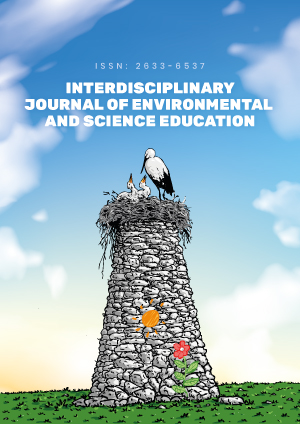Abstract
Societies across the world face the need to increase the number of science, technology, engineering, and mathematics (STEM) personnel who could resolve issues concerning sustainability. The body of scholarly literature on STEM education has grown significantly since the beginning of the 21st century. STEAM education incorporates arts with STEM subjects. This pedagogical strategy is increasingly adopted in formal/informal education settings to foster scientific thinking and creativity through multisensory artistic activities. Science museums and centers house discrete items such as multi-touch tabletops that allow visitors to handle objects and engage in experiential activities. This study postulates that science university museums can contribute to STEAM education. It illustrates the effectiveness of object-based learning (OBL) in STEAM education imparted through original artwork housed in science university museums. This study’s application of OBL at university museums establishes OBL within cross-disciplinarySTEAM-based educational systems in Japan through the use of original artwork such as sericulture ukiyo-e. Students majoring in agriculture or technology participated in the workshop designed for this study, directly engaged with discrete multisensory sericulture ukiyo-e, and were encouraged to think from diverse perspectives. Finally, the studentsdebated the sericulture ukiyo-e and organized an exhibition. This study concludes that the academic value of STEAM education is enhanced through the technique of fostering problem-solving in students using interactions with and active discussions about artwork collections and objects.
License
This is an open access article distributed under the Creative Commons Attribution License which permits unrestricted use, distribution, and reproduction in any medium, provided the original work is properly cited.
Article Type: Research Article
INTERDISCIP J ENV SCI ED, Volume 17, Issue 4, 2021, Article No: e2248
https://doi.org/10.21601/ijese/10962
Publication date: 28 May 2021
Article Views: 3110
Article Downloads: 2020
Open Access References How to cite this article
 Full Text (PDF)
Full Text (PDF)